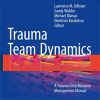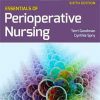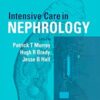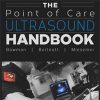Confirming a Pulse during Resuscitation
journals.lww.comMuch has been written about using ultrasound in cardiac arrest. The REASON study found that identification of cardiac standstill in PEA or asystole is correlated with almost no chance of meaningful recovery and can assist in the decision to terminate resuscitation.
The identification of a pericardial effusion or evidence of a large pulmonary embolus can guide resuscitative efforts. What constitutes cardiac standstill, however, can be a challenge for the examiner to identify, and it can delay pulse checks.
Obtaining a good-quality image can also be a challenge because traditionally used views can be obscured by equipment or a distended abdomen, further contributing to delays.
Once the cardiac window has been obtained, the central question remains: Is the cardiac activity seen on screen enough to generate a perfusing pulse?
It is not uncommon for some cardiac activity to be visualized without the ability to palpate a pulse.
It can be difficult to know whether this is because there is insufficient cardiac output or the physician is just unable to feel the pulse.

















